They say if life gives you lemons, make lemonade. Life gave Susan Trachman multiple sclerosis (MS), so she made … art.
It all goes back to 1988, shortly after Trachman, a designer by training, was diagnosed at 26 with the autoimmune disease that attacks the coverings of the nerves. Every evening, she would inject herself with Copaxone, a drug designed to decrease the frequency of MS relapses. And each time, she would save the bottles that held the medication and the saline solution into which it was mixed. She also saved her MRI images, unused syringes, packaging and other medical paraphernalia.
“I knew at some point, I would do something with them,” said Trachman, who lives with her husband in Beverlywood.
Twenty-five years later, the materials have been transformed into artwork that is enlightening medical professionals and patients alike. Compiled as an exhibition titled “Patient/Artist,” her pieces are on display at the Gallery at the Learning Resource Center at UCLA’s Geffen School of Medicine through Sept. 4.
“I’ve taken something that has a negative [connotation] and turned it into something positive. Sometimes, it’s beautiful. Sometimes, it’s a reminder of having MS,” Trachman said. “Art is a way for me to work out some of the things I’m feeling.”
Trachman’s work is not the first to grace the medical education building’s walls. It is one in a series of art shows designed to help medical students and others understand and relate to those with illness.
The Gallery at the Learning Resource Center is a result of a collaboration between artist Ted Meyer, who curates the shows, and LuAnn Wilkerson, senior associate dean for medical education. Wilkerson oversees the medical school’s curriculum, including the three-year doctoring program that emphasizes the emotional side of caregiving.
“A patient experiences illness in a very different way than a physician experiences disease,” Wilkerson said. “These are mostly first- and second-year students, so they haven’t been immersed in the clinical setting. For them, the disease is still a ‘book’ idea.”
The Gallery program helps students appreciate how illness affects the lives of patients they will be treating in the future, Wilkerson said. She also noted that the exhibits are linked to the curriculum. Medical students were learning about neuroscience when they saw Trachman’s work on display.
Although she always loved art, Trachman had never created it before making these works. A UCLA graduate with a degree in design, she worked as a calligrapher, graphic designer and textile designer before taking a job as an interior designer for a commercial and residential architecture firm. She left the job to become a full-time mother to her two children, now 16 and 19.
Trachman created her first piece, “Order,” in 2009. Three glass boxes hold saline and medication vials arranged, like a mosaic, in varying patterns.
“When we have MS, we start to lose some control over parts of our body,” she explained during a recent tour of the show. “With these vials and boxes, I had control. … It became cathartic.”
“Chaos,” another piece, features the medicine bottles embedded in resin. Like the course of her illness, she said, this piece wasn’t “planned out.”
“At times, I have felt like my life was chaotic. There were so many things I couldn’t control,” Trachman said. “For this piece, I threw the bottles into the resin and wherever they landed, they landed.”

Trachman poses in front of two of her MRI brain images used in “Living Color.”
Discussing her art with medical students and explaining what it’s like to live with a chronic illness, she said, allowed the future physicians to see her not just as a person or a patient with MS but as a combination of the two.
“One student told me, ‘I can read my book and memorize information … but there’s no way for me to get this kind of knowledge from a book,’ ” she said.
In addition to presenting her work to medical school students, Trachman has shown it to participants of UCLA’s MS Achievement Center for individuals with multiple sclerosis. On a July afternoon, when the medical students were on summer break, Trachman explained “Living Color” to about a dozen people at the center.
The piece consists of four MRI brain images — all of them Trachman’s — displayed on light boxes. The first, a standard black-and-white X-ray, shows the white area on her brain that reveals plaque, an indication of MS. The other three are vividly painted in neon colors, the patterns almost popping off the film.
“I wanted to see the beauty beyond,” she explained. “I think there’s so much more there than the plaque.”
Her approach seemed to speak to the viewers.
“This one looks like something scary,” said one woman, pointing to the black-and-white image. “But these look beautiful. … There’s a small part [of your brain] that’s wrong, but the rest of it is beautiful and healthy and vibrant.”
The observation echoes Trachman’s outlook. Although leg weakness makes her reliant on a walker to get around, she chooses not to dwell on her challenges. Rather, she focuses “on what I can do and what I do have, not what can’t do and don’t have,” she said.
And one thing she can do is create art.
“I was doing it for myself,” Trachman said. “I thought that when I had done enough pieces, I’d find a way to do an exhibit for friends and family. … I never anticipated my art being in this type of venue. It’s 100 times better than I could have imagined.”
She hopes to take the exhibit to other venues. In the meantime, she’s already conceptualizing a new piece for the drug and addiction treatment center Beit T’Shuvah near Culver City.
“Art and this outlet is my way to get in touch with God,” Trachman said. “It helps me and it heals me, and it makes me feel better.”
She’s philosophical about the path her life has taken.
“I wouldn’t be doing this amazing work and meeting these amazing people if it weren’t for MS. So there is something to be said about having this kind of illness and then reaching out,” Trachman said. “Do I want to sound grateful for having MS? I don’t know. But I wouldn’t be here if I didn’t.”
For more information about the “Patient/Artist” exhibition, visit this article at jewishjournal.com.












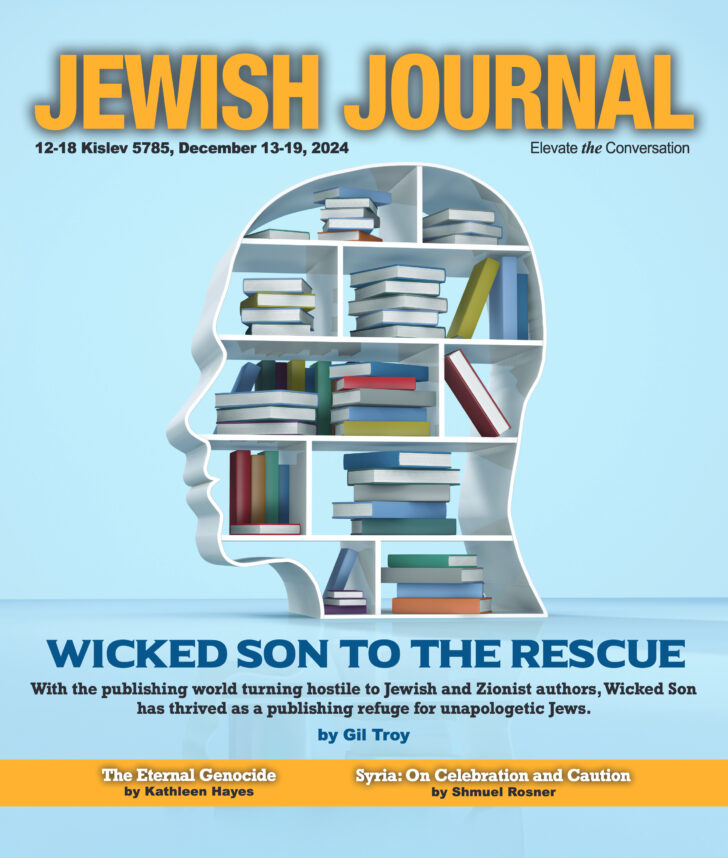

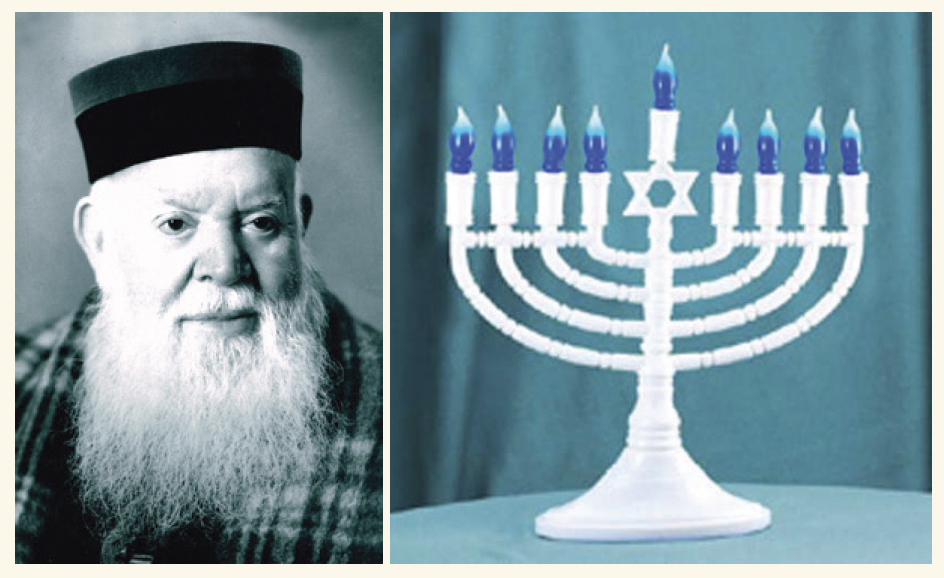
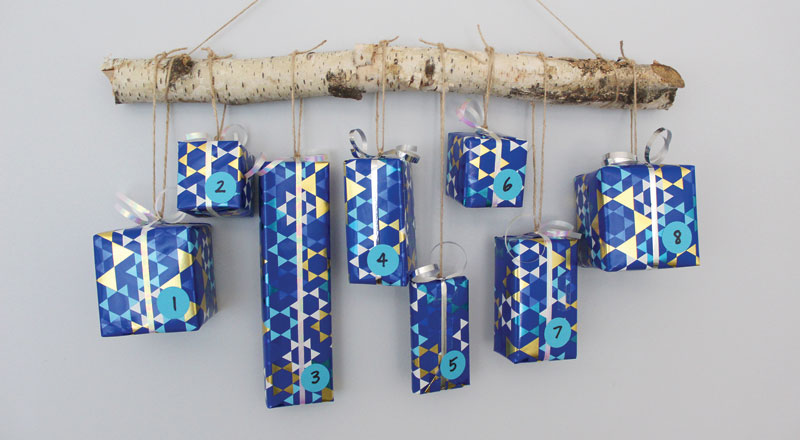
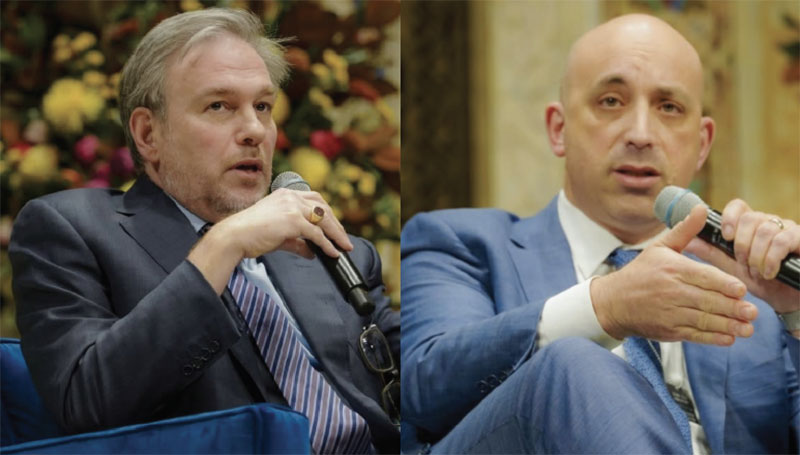



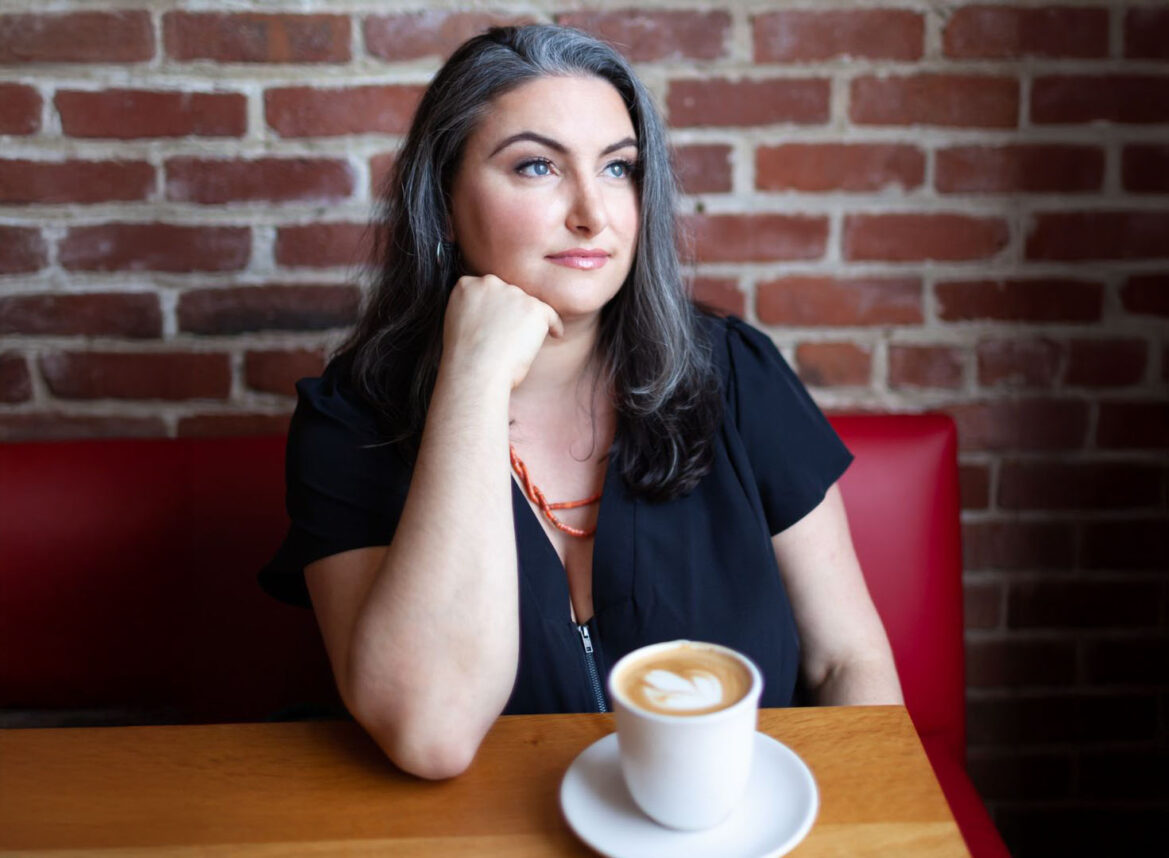

 More news and opinions than at a Shabbat dinner, right in your inbox.
More news and opinions than at a Shabbat dinner, right in your inbox.